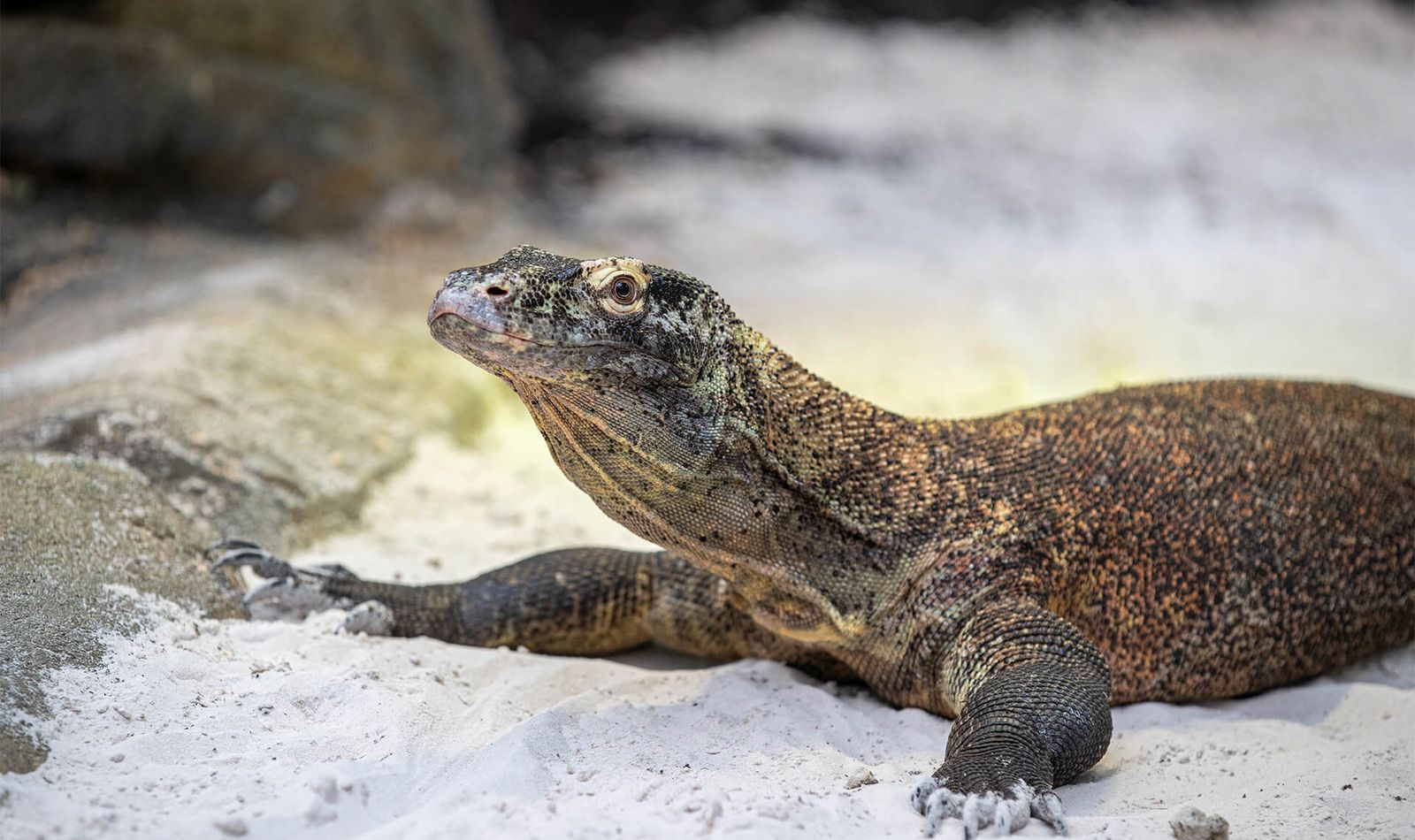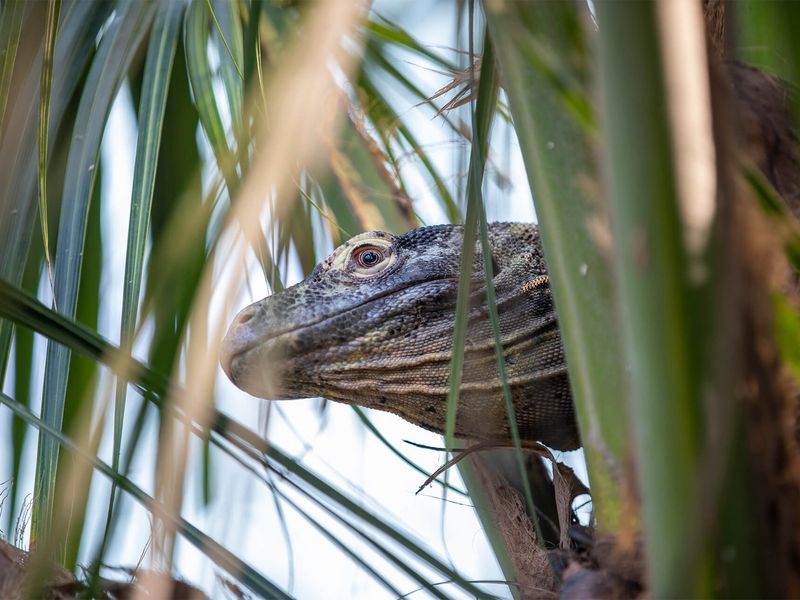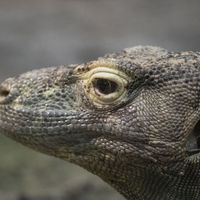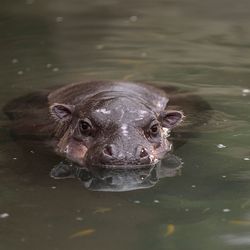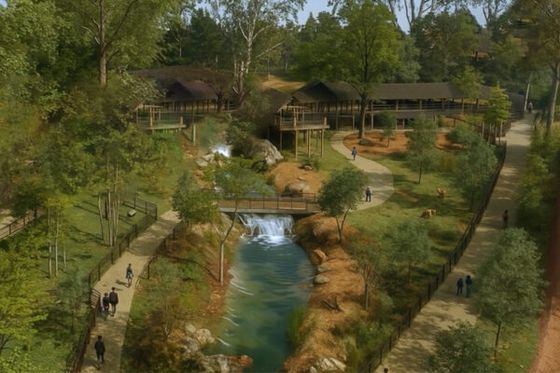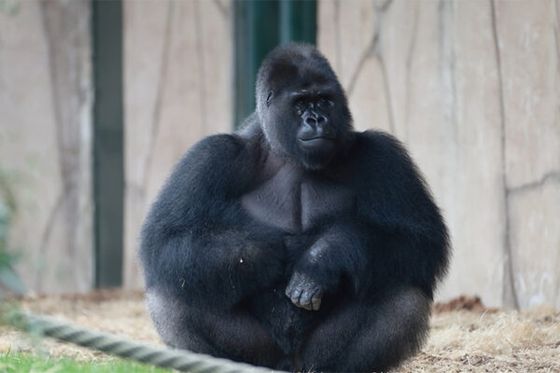« The Komodo dragon is a ferocious predator! »
A “monster” among reptiles
A genuinely greedy giant!
Measuring up to 3.1 metres long and weighing up to 165 kg, the Komodo dragon (or monitor) is the largest lizard in the world. This extremely stocky, imposing-looking reptile possesses a breastplate and an extremely muscular tail. Do not be fooled by this animal’s somewhat calm, clumsy appearance: the Komodo dragon is a ferocious predator! It will devour anything that comes within reach including pigs, monkeys, and deer. It gets its name, “Komodo dragon”, due to its size and its gigantic appetite.
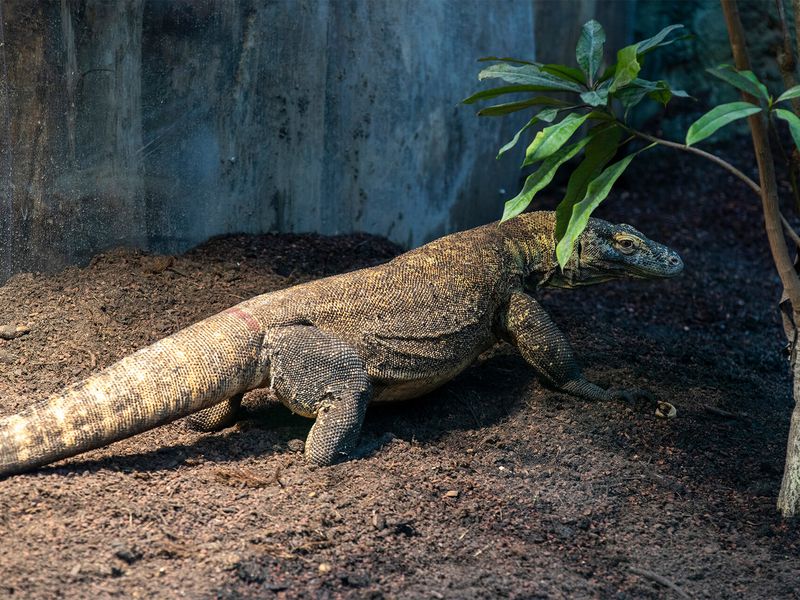
Did you know?
The Komodo dragons’ first outing
The dragons are coming!
The largest of all lizards, the Komodo dragon, makes its debut in the equatorial dome! This infamous, formidable, and predatory reptile takes its first steps in the extraordinary structure of the dome. Meet the 3 young females who have just arrived at Beauval!
Beauval Nature supports the Komodo Survival Program
The Komodo Survival Program (KSP) NGO signed a memorandum of agreement with the Indonesian Directorate General of Nature Resources and Ecosystem Conservation in 2007, allowing it to supervise and act towards the protection of the Komodo dragon’s natural habitat. Following the decline of the populations of these monitors due to expansion of human activities, this agreement is a necessity. Beauval Nature is committed to protecting this giant, as terrifying as it is captivating.

Drac, Beauval’s imposing dragon
Of the three Komodo dragons living at the ZooParc de Beauval, Drac is the only male.
Although still young, Drac already measures 3 meters long and weighs 165 kilos!
Although he seems quite calm, he has a particularly voracious appetite and relishes tucking into the animal carcasses that his trainers bring him.
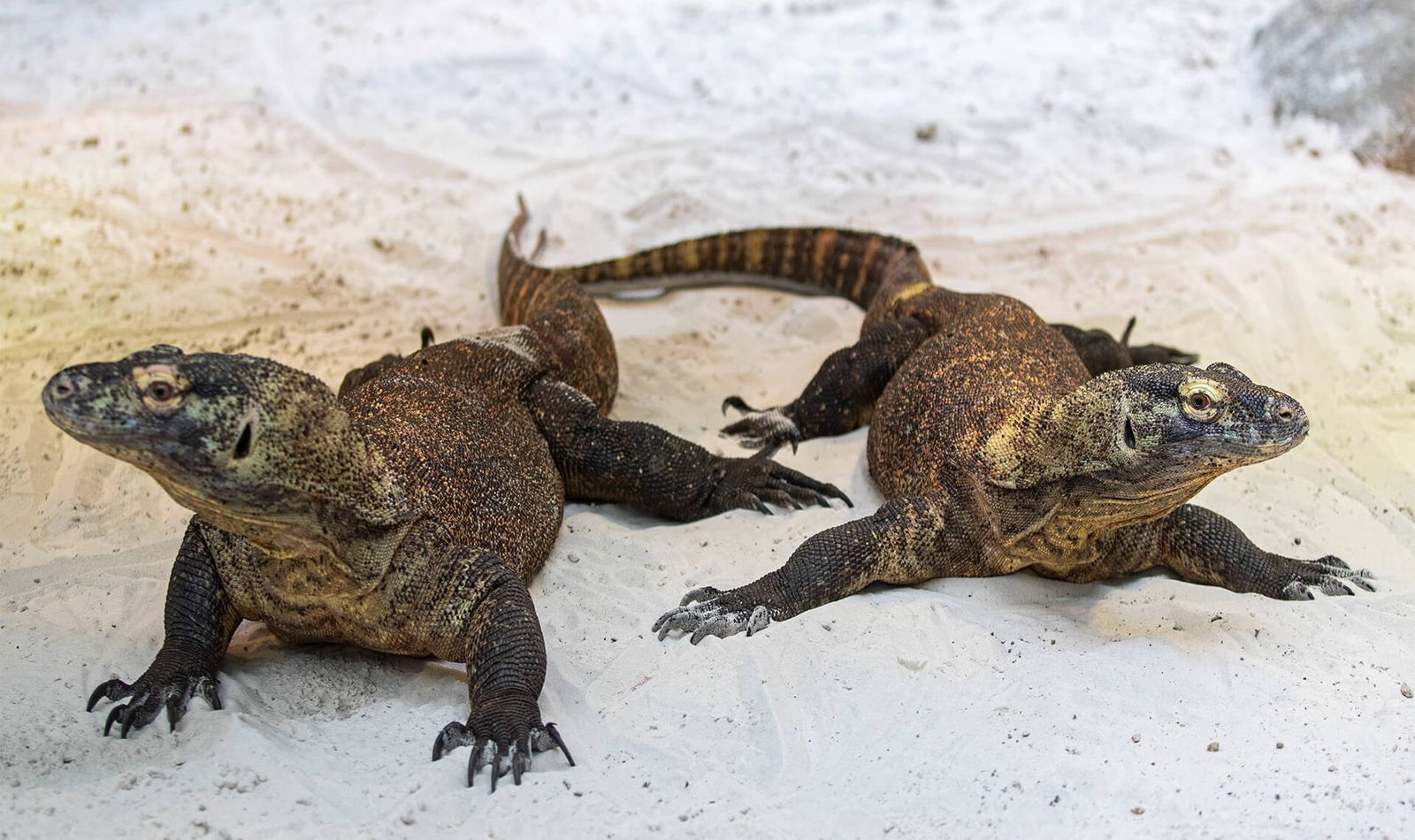

Sponsor our Komodo Dragons
Establish a strong bond with your favourite animal whilst supporting conservation programmes through the Beauval Nature association!
Endangered
Learn more about the species
-
CarnivoreDiet
-
8 monthsIncubation
-
30 eggsClutch size
-
Pastures, Forests, Rocky coastsHabitat
A carnivore with cannibalistic tendencies!
An incredibly powerful venom
An extremely rare mode of reproduction

Take full advantage of the experience thanks to our mobile application!
Find out more
